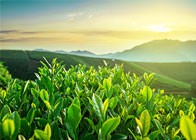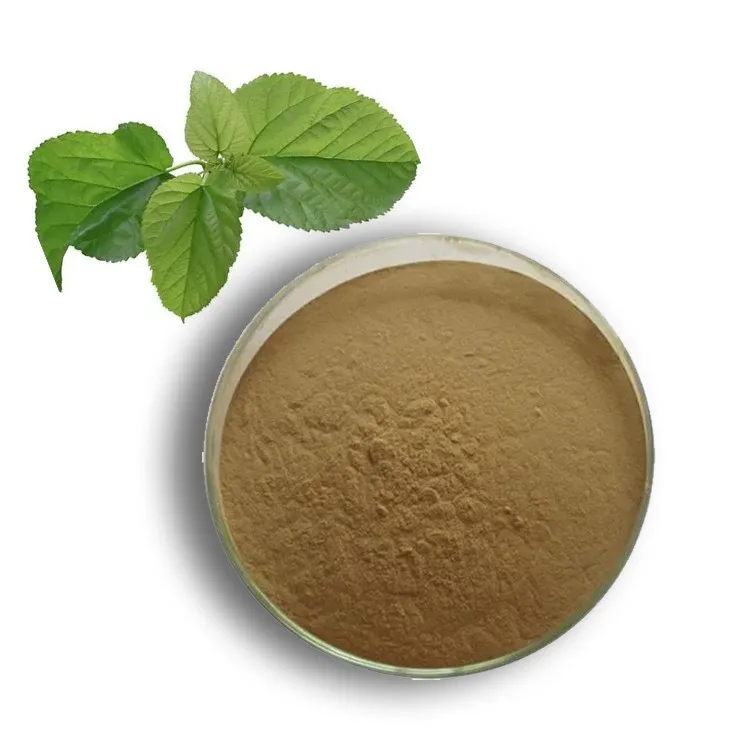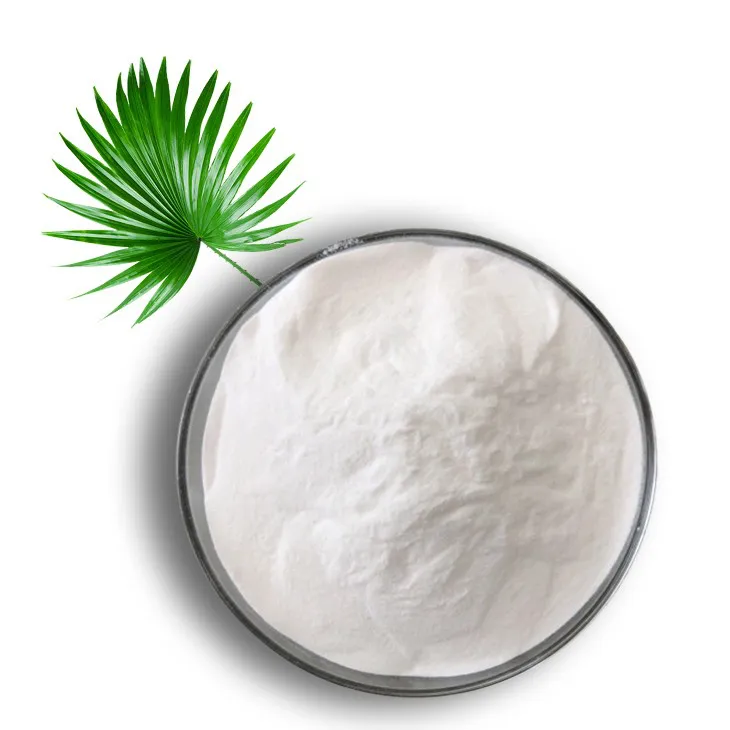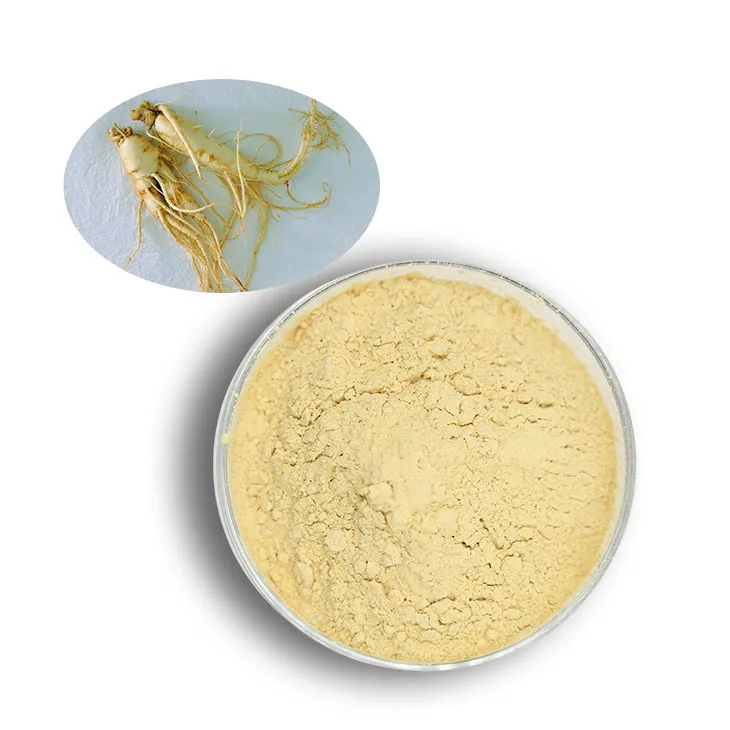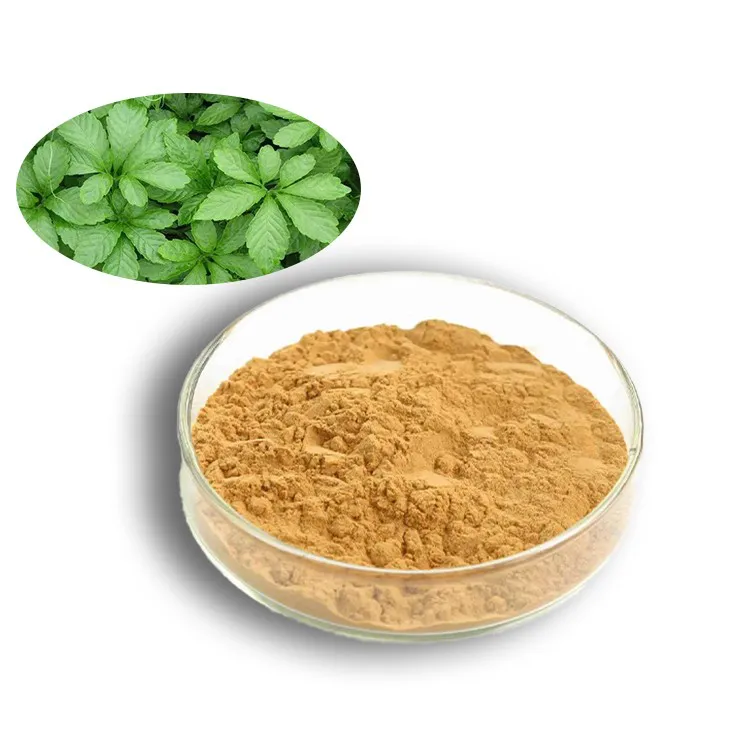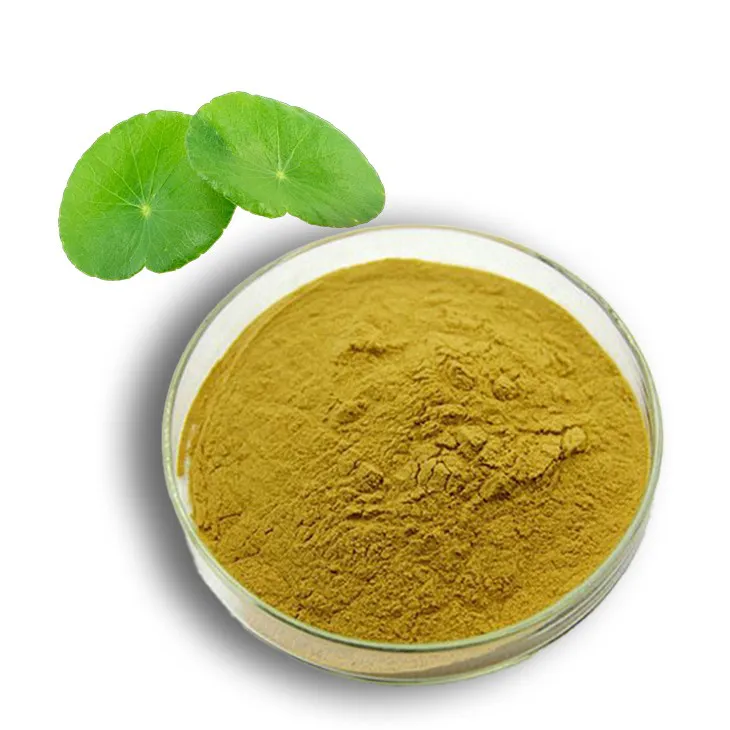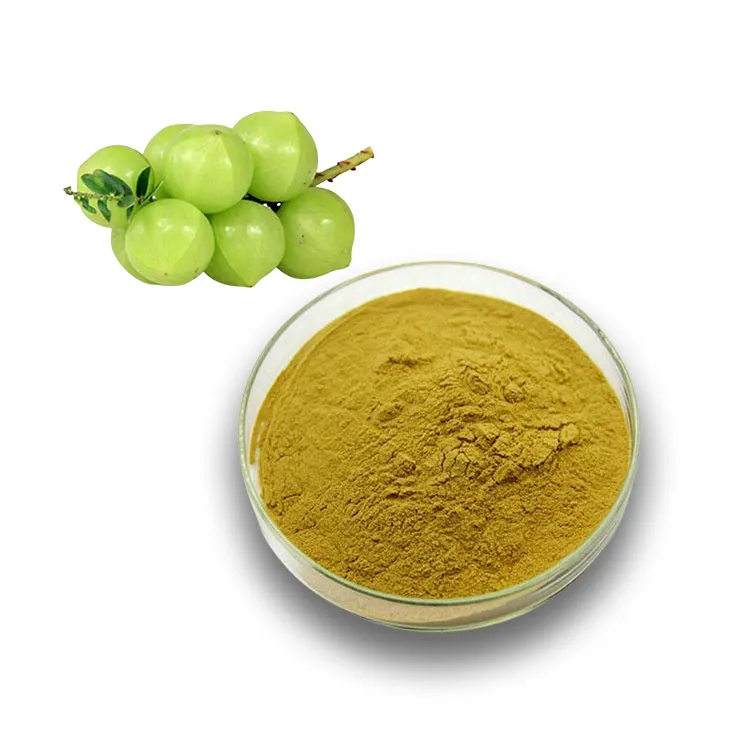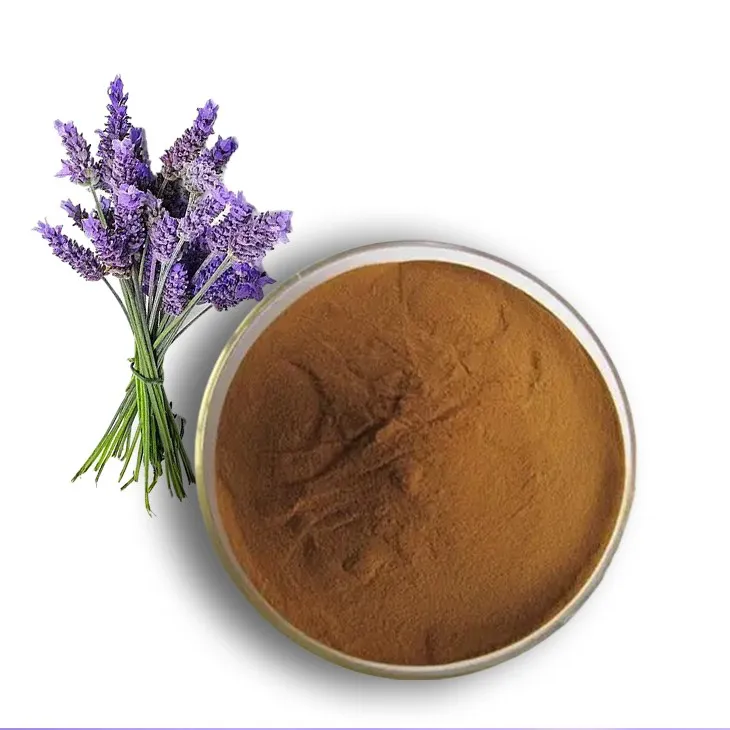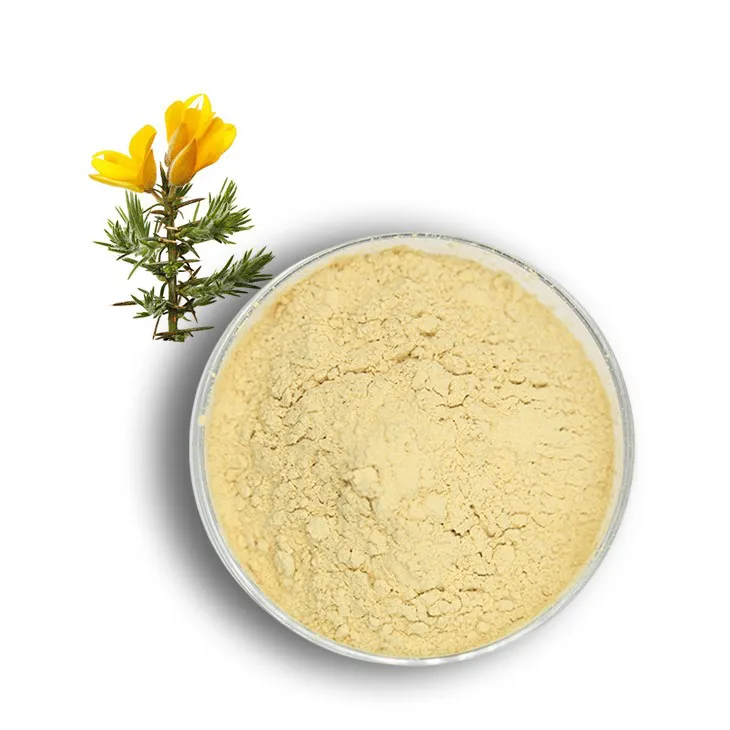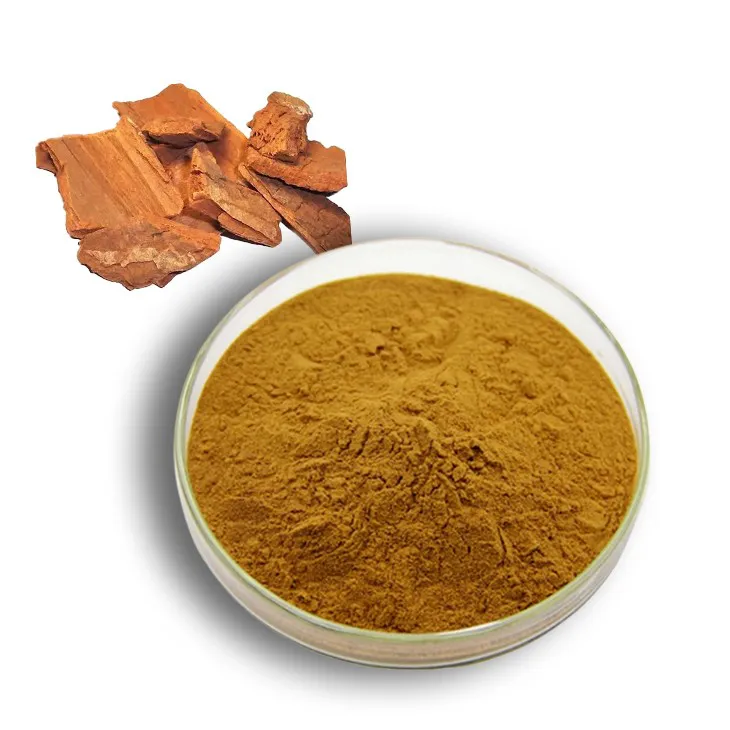- 0086-571-85302990
- sales@greenskybio.com
Stinging Nettle: Nature’s Superfood and Forgotten Survival Medicine
2025-06-06
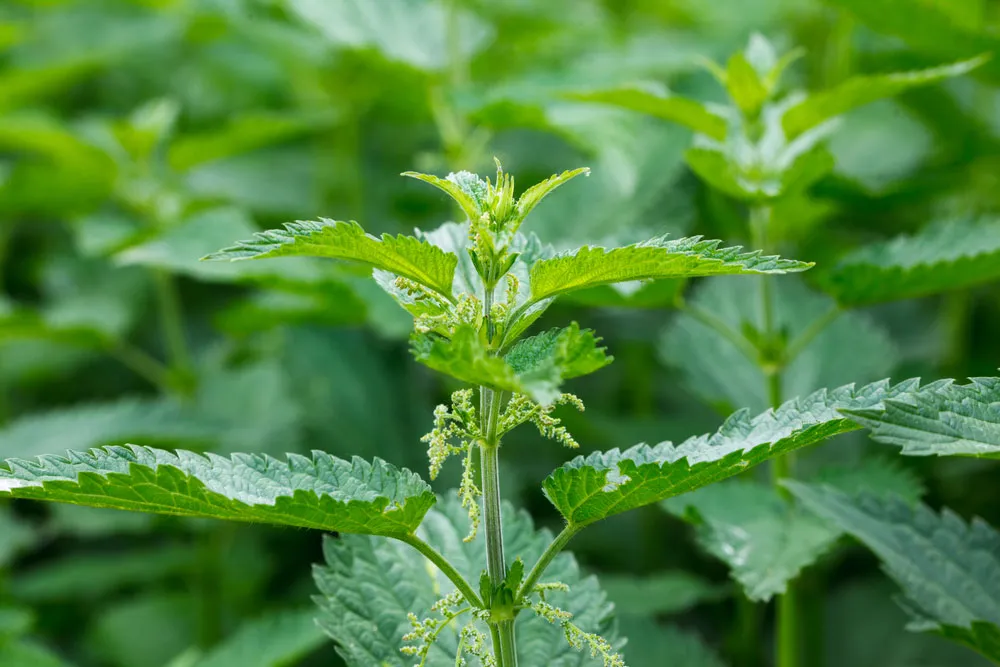
For most, the painful sting of stinging nettle is a reason to avoid it altogether, but new attention is shining a light on this humble plant’s extraordinary worth. Often considered a mere weed, stinging nettle is in fact one of nature’s richest sources of nutrition and natural medicine—surpassing many supermarket greens and pharmaceutical products. Growing worldwide with little need for human cultivation, nettle is loaded with bioavailable iron, protein, and anti-inflammatory compounds, and its resilience has sustained communities throughout some of humanity’s darkest periods.
Modern research is now affirming what generations have known: nettle is a nutritional powerhouse. By dry weight, the leaves contain up to 25% protein and iron levels that challenge those found in meat and spinach. Clinical evidence supports its effectiveness for treating allergies, arthritis, and regulating blood sugar—all without pharmaceutical side effects. Centuries-old preservation methods—such as fermentation, smoke-drying, and root cellaring—have allowed people to safely stockpile nettle through wars, famine, and times of crisis.
Foraging nettle does require caution due to its sting, but for those who take the time to learn, it offers year-round nutrition and medicine at no cost. The plant has a storied history of crisis utility, with evidence of use by Vikings, indigenous cultures, WWII resistance fighters, and famine survivors.
Nature’s Multivitamin in the Shadow of Industrial Food
While agribusiness markets processed foods and synthetic vitamin supplements, stinging nettle serves up a complete package of nutrients in their natural, highly absorbable forms. Recent research published in Food Chemistry found that 100 grams of blanched nettle delivers 42% of the daily value for iron, over six times the daily requirement for vitamin K, and more calcium by weight than milk.
“Modern malnutrition isn’t about how much you eat, but the quality of what you eat,” says herbalist Judith, who has seen firsthand how nettle tea helps city communities regain their health. “Nettle infusions provide minerals in the ratios your body knows how to use.”
This potency explains nettle’s vital role in history. Russian soldiers carried nettle seeds for nutrition during WWII, and Irish families credited nettle with saving lives during famine by preventing scurvy. Unlike most foods on supermarket shelves, nettle grows untamed—unaffected by pesticides, genetic modification, or commercial patents.
Nettle’s Medicinal Powers Supported by Science
Long derided as folk medicine, nettle’s health benefits are being confirmed by peer-reviewed research. A 2017 study demonstrated that Nettle Root Extract effectively reduces symptoms of benign prostate hyperplasia without the sexual side effects linked to standard drugs. Another study found that applying fresh nettle leaves directly to the skin cut osteoarthritis pain in half, while Germany’s regulatory Commission E has officially approved nettle to treat urinary tract infections and kidney stones.
Despite these findings, conventional medicine often overlooks nettle in favor of pharmaceuticals. Oregon forager Linda G. reports, “Doctors gave me three allergy medications that just made me sleepy. Nettle tea worked better—and didn’t cost me a thing.”
Hard-Won Lessons from History’s Toughest Times
Nettle’s value as a survival food is proven by history. During the WWII siege of Leningrad, residents mixed nettle flour with pine bark to make loaves that staved off malnutrition. Viking explorers fermented nettle for vitamin C preservation during lengthy voyages. In Depression-era Appalachia, the plant found use in both medicine and bedding, helping treat anemia and arthritis when resources ran out.
Modern survivalists are reviving many of these time-tested methods. Dried nettle mixed with fat and berries creates pemmican, a high-energy food for emergencies. Smoke curing and mixing with seaweed and salt produces long-lasting electrolyte powders, all without refrigeration or modern equipment.
In an era marked by unstable supply chains and rising economic uncertainty, the ability to recognize and use wild plants like nettle is becoming not just a hobby but a vital skill. With nettle common from city alleys to country ditches, it stands as a democratic food and medicine resource accessible to everyone.
As more people rediscover nettle’s benefits, perceptions are changing. “Twelve years ago, neighbors shunned my nettle patch,” said a Michigan homesteader. “Now they’re asking for cuttings after seeing how it improved my health.” Such stories point to a larger shift: true security comes not from dependence on commercial systems, but from reclaiming knowledge once dismissed as outdated.
Stinging nettle’s message is clear: what we’ve been told to ignore may be just what we need for true health and resilience.
- ▶ Hesperidin
- ▶ citrus bioflavonoids
- ▶ plant extract
- ▶ lycopene
- ▶ Diosmin
- ▶ Grape seed extract
- ▶ Sea buckthorn Juice Powder
- ▶ Beetroot powder
- ▶ Hops Extract
- ▶ Artichoke Extract
- ▶ Reishi mushroom extract
- ▶ Astaxanthin
- ▶ Green Tea Extract
- ▶ Curcumin Extract
- ▶ Horse Chestnut Extract
- ▶ Other Problems
- ▶ Boswellia Serrata Extract
- ▶ Resveratrol Extract
- ▶ Marigold Extract
- ▶ Grape Leaf Extract
- ▶ blog3
- ▶ Aminolevulinic acid
- ▶ Cranberry Extract
- ▶ Red Yeast Rice
- ▶ Red Wine Extract
-
Mulberry leaf Extract
2025-06-06
-
Saw Palmetto Extract
2025-06-06
-
American Ginseng Root Extract
2025-06-06
-
Echinacea Extract
2025-06-06
-
Gynostemma pentaphyllum extract
2025-06-06
-
Centella Asiatica Extract
2025-06-06
-
Phyllanthus Emblica Extract
2025-06-06
-
Lavender Extract
2025-06-06
-
Genistein
2025-06-06
-
Yohimbine Bark Extract
2025-06-06

